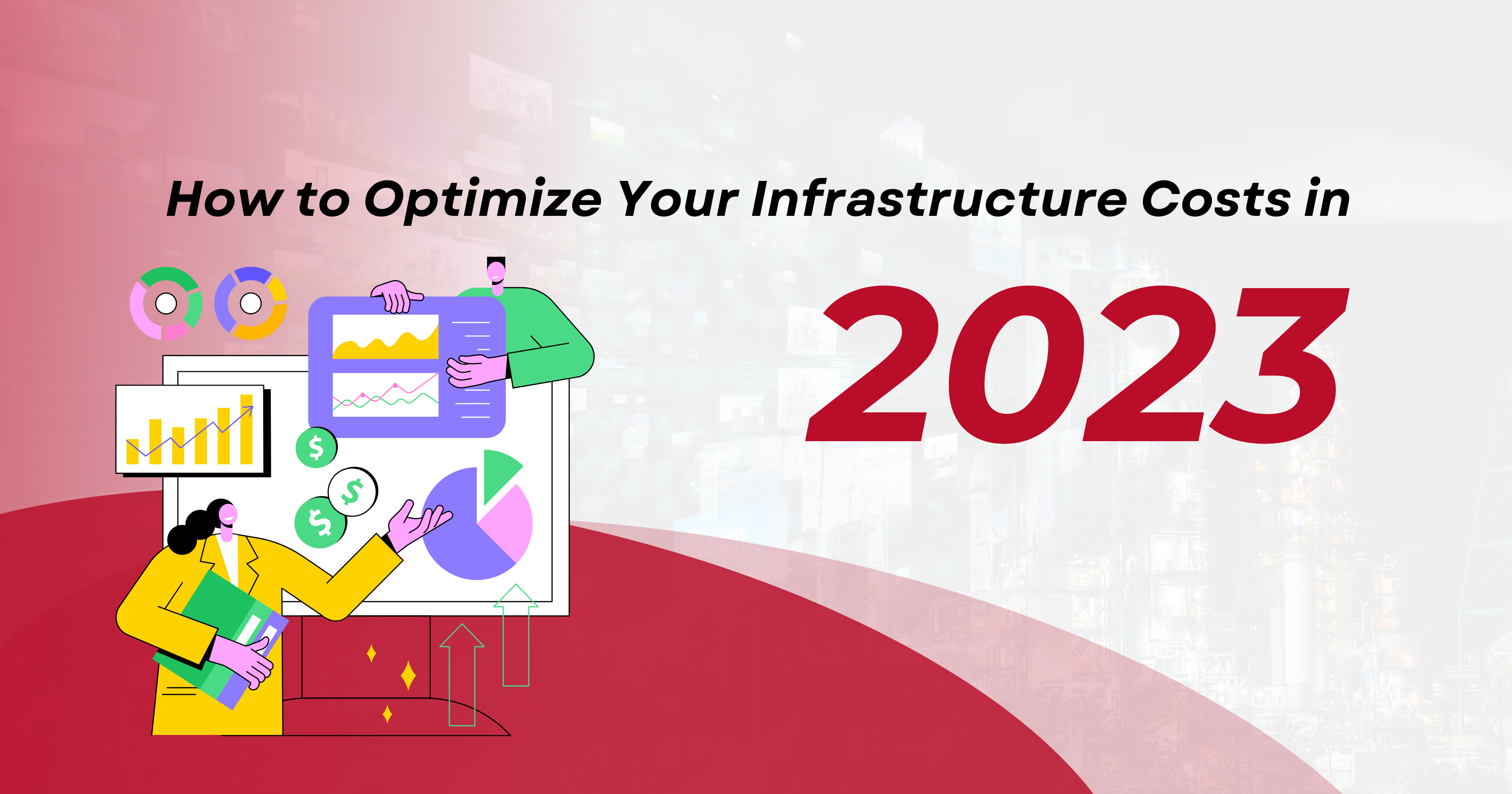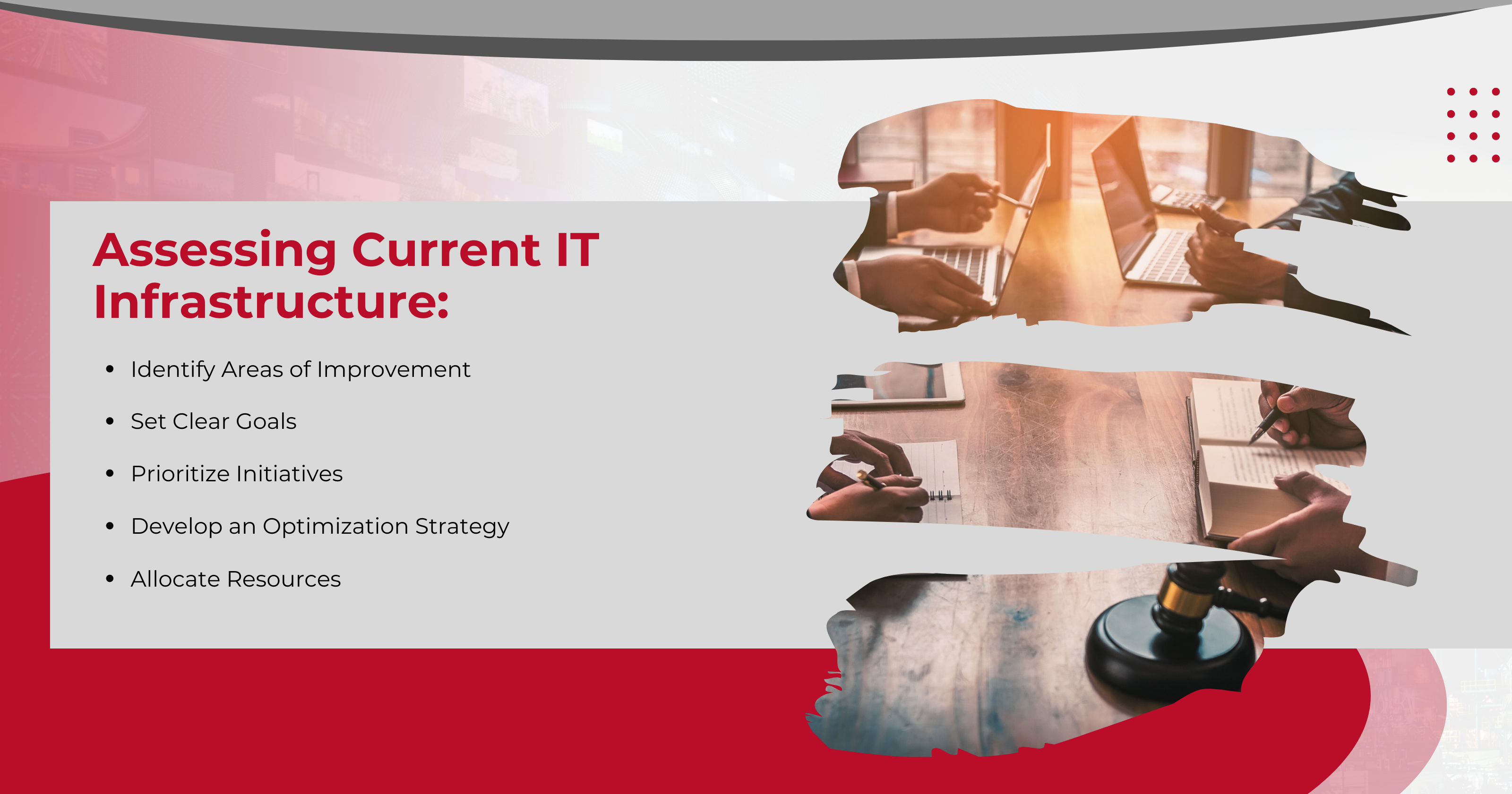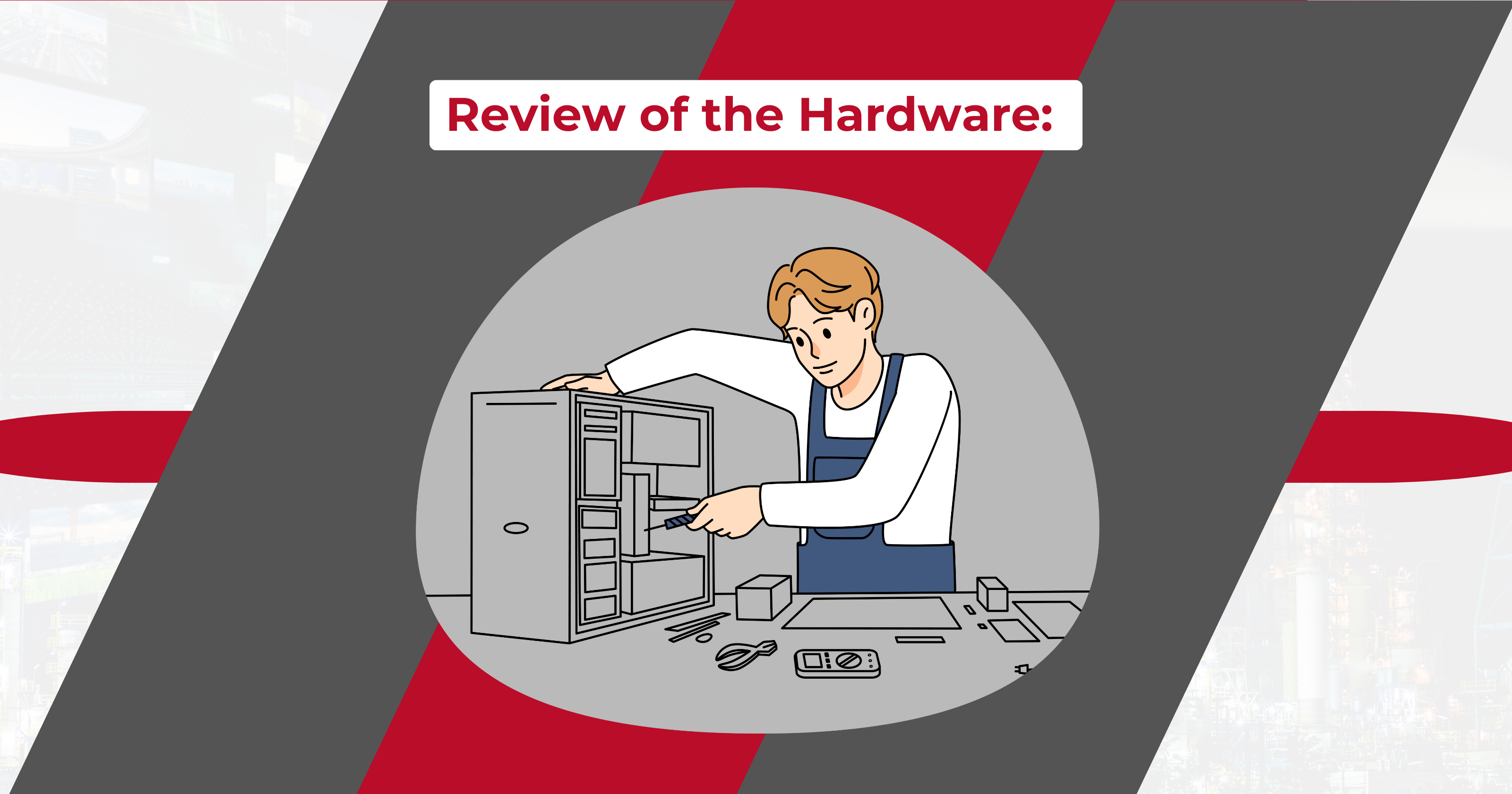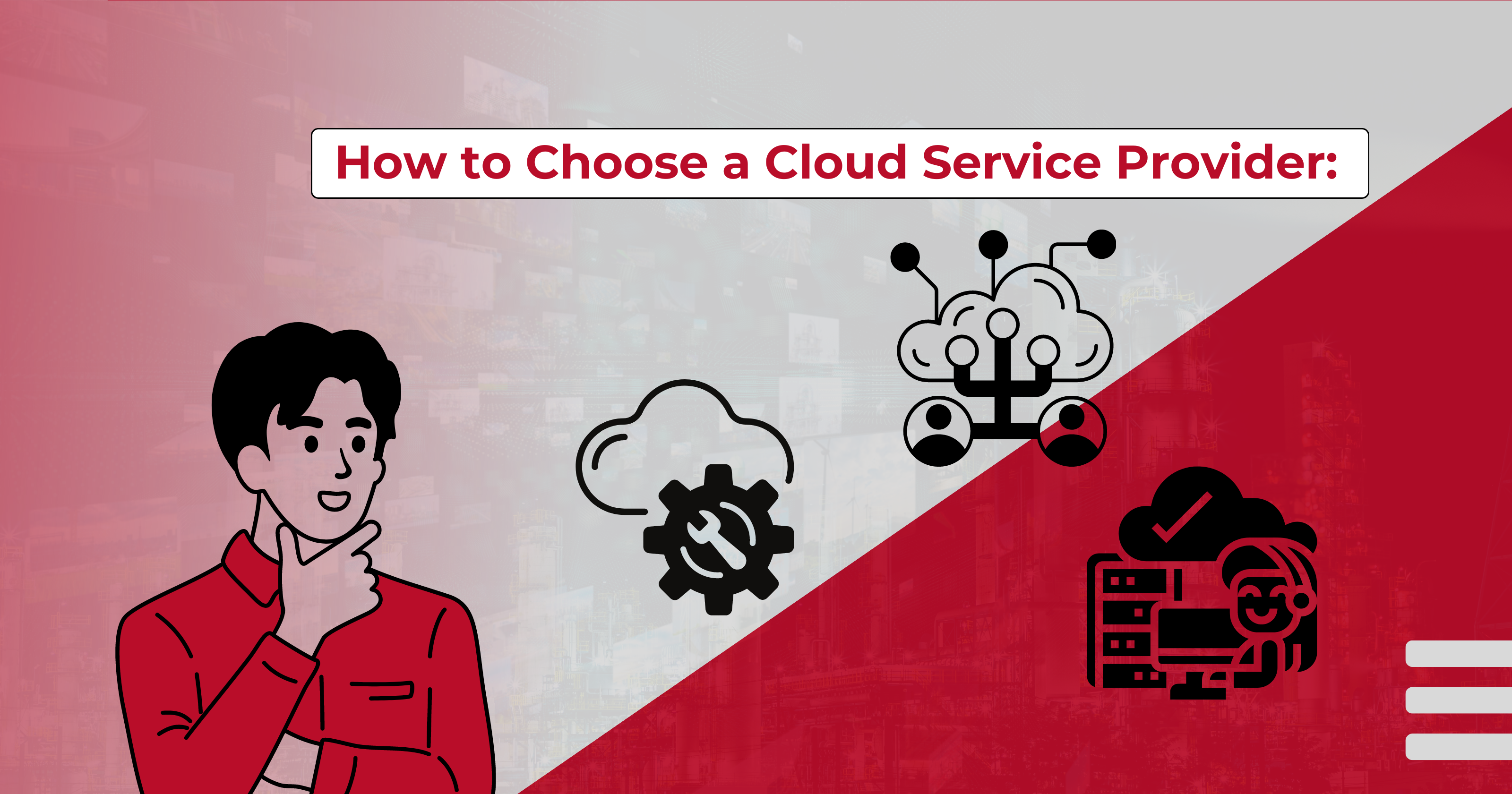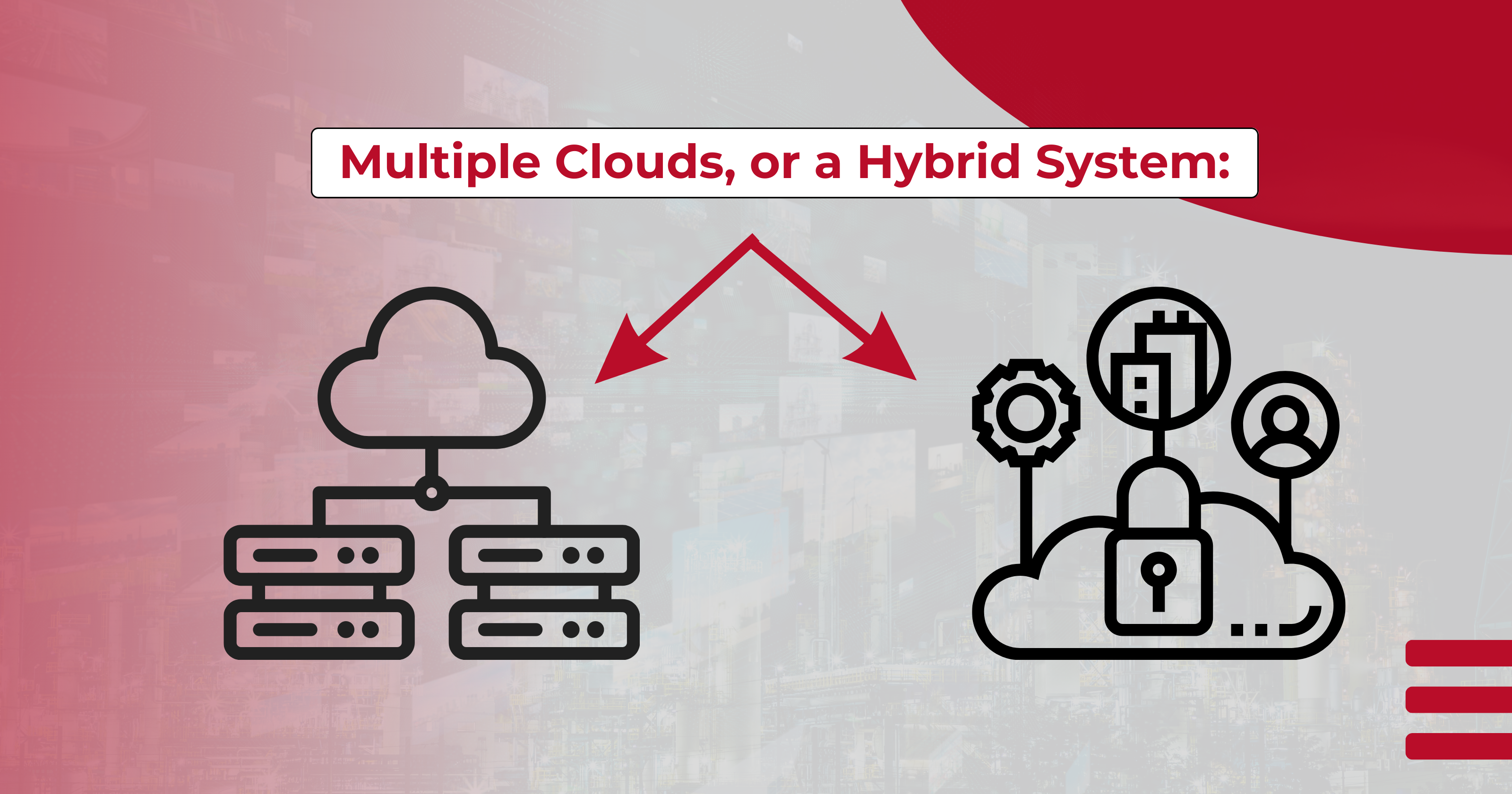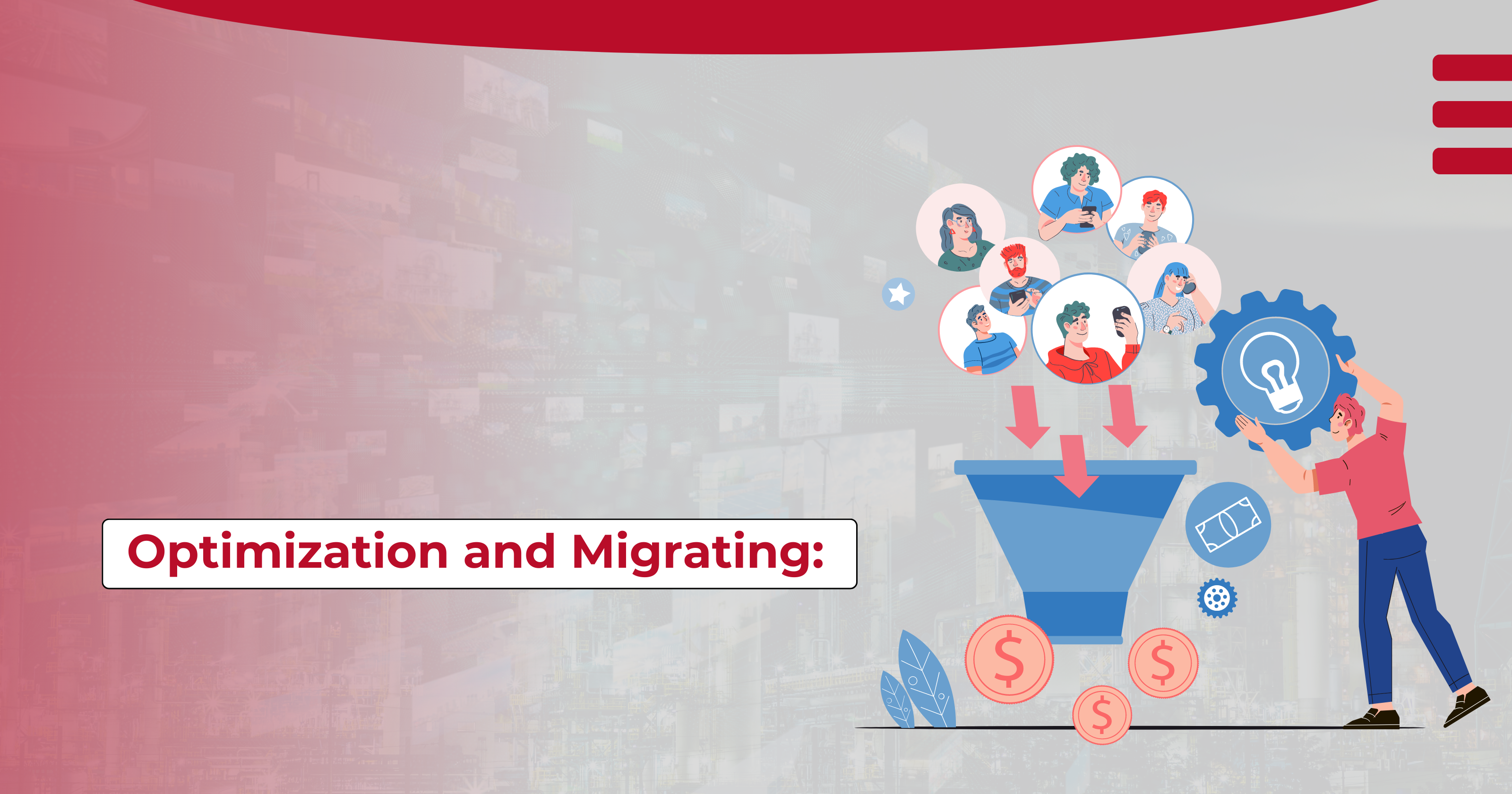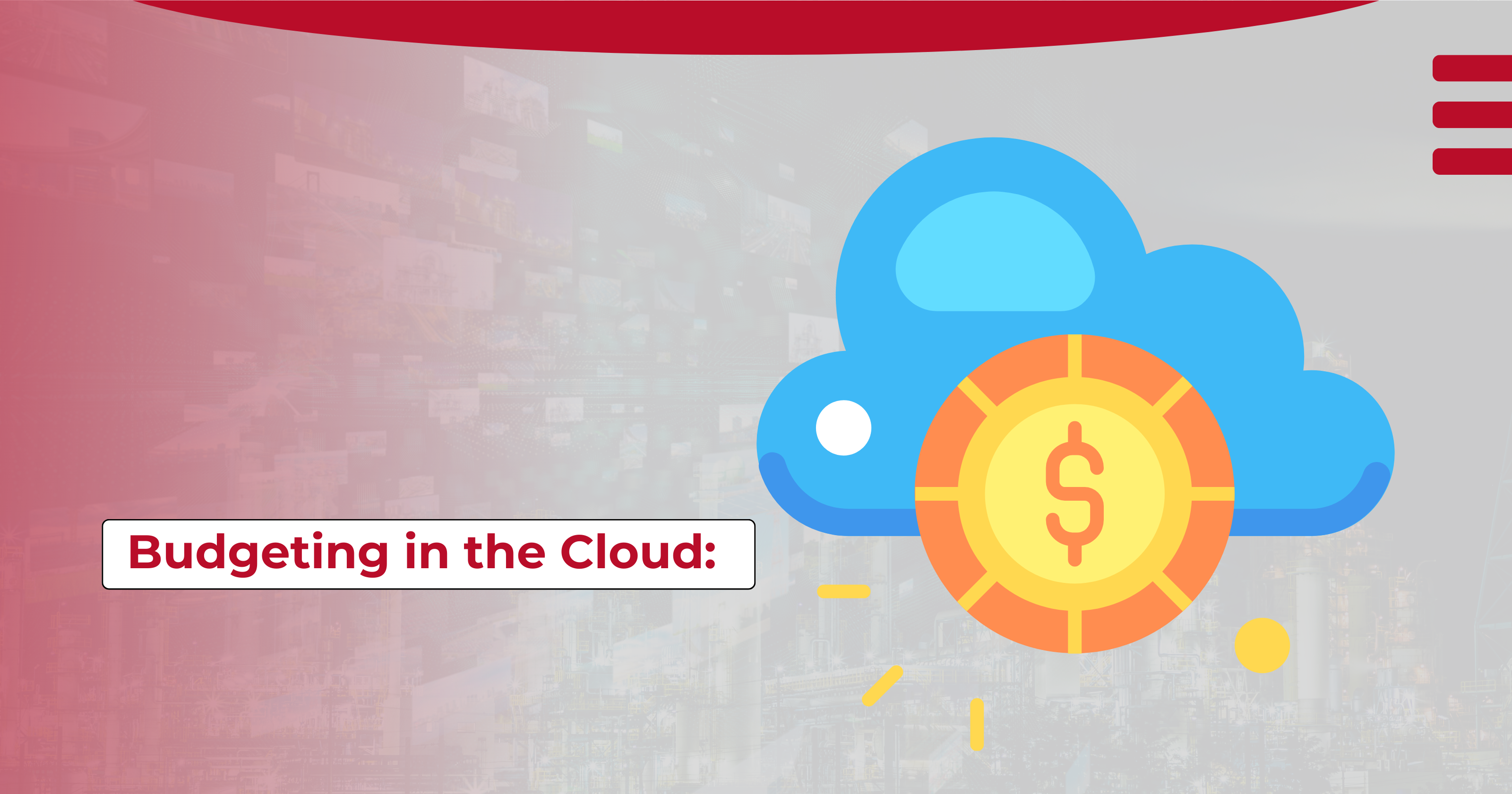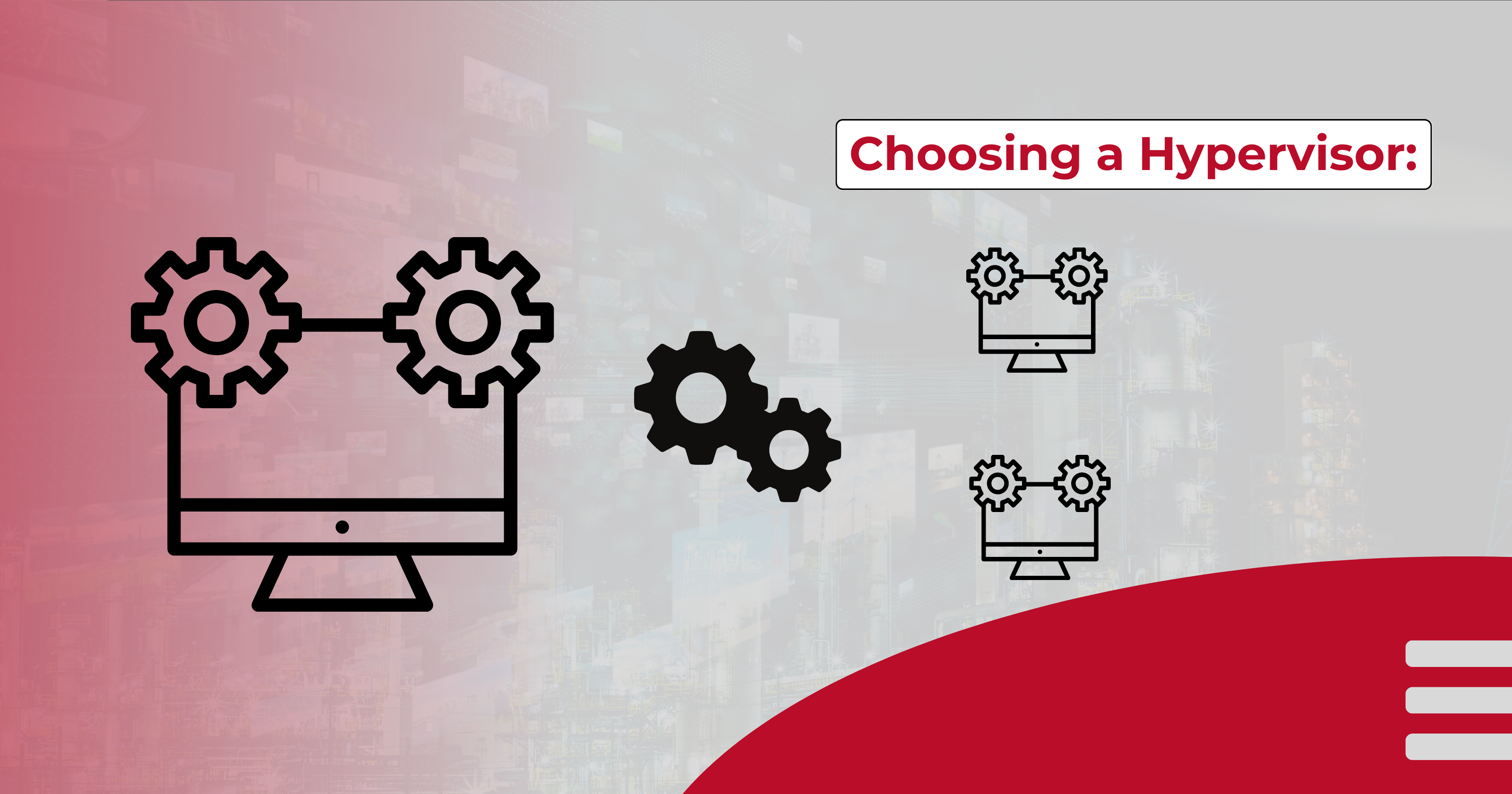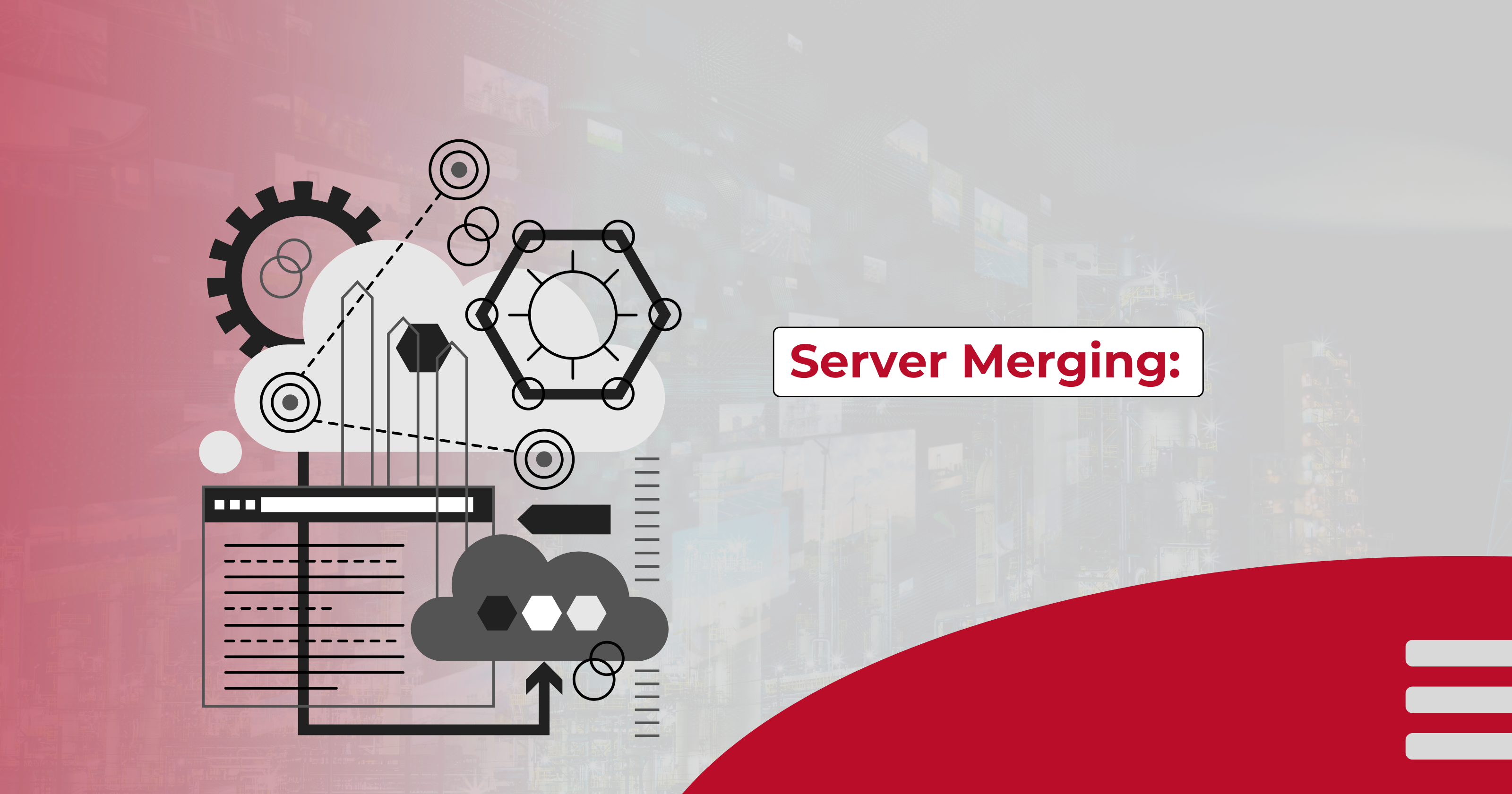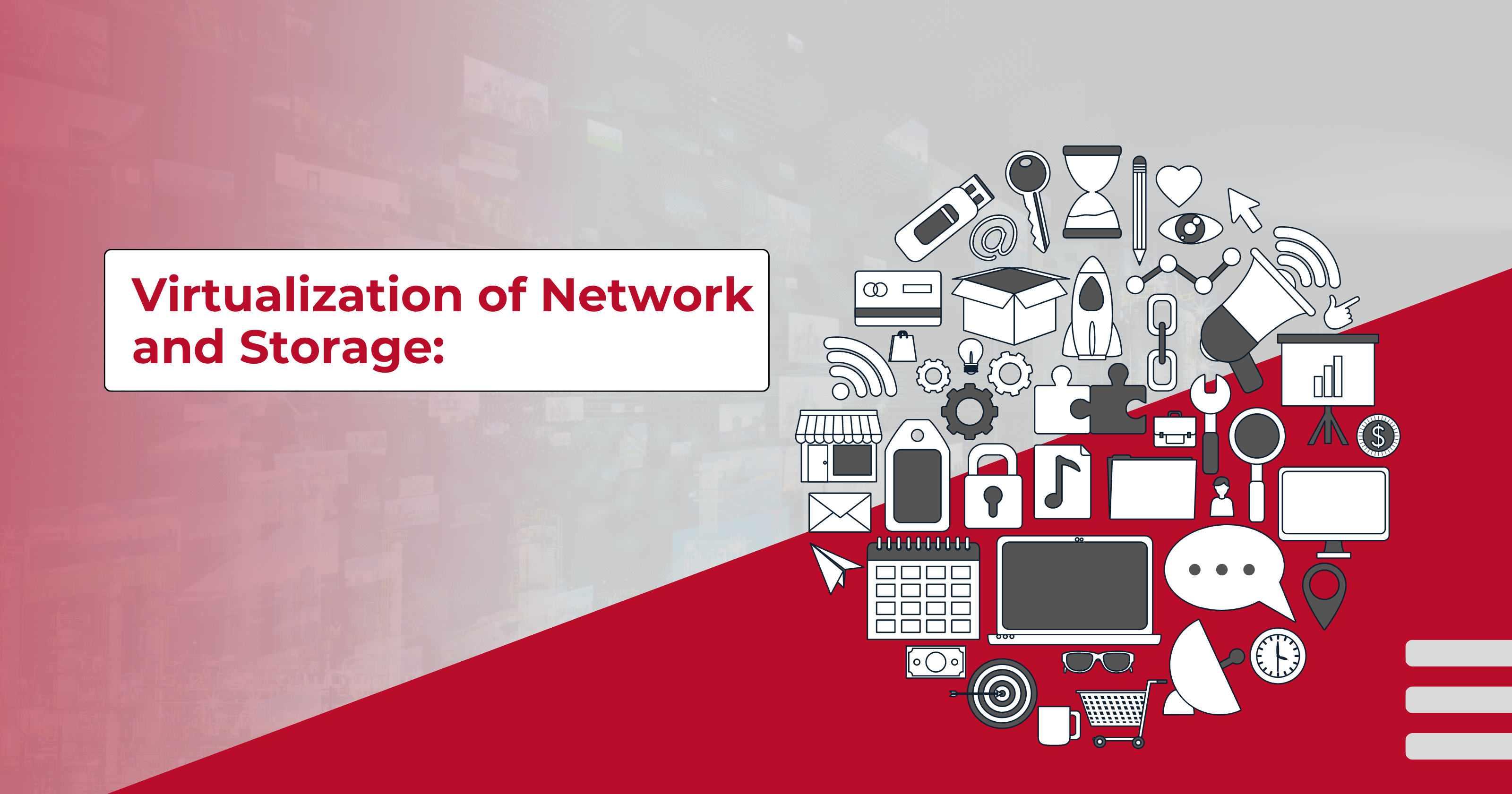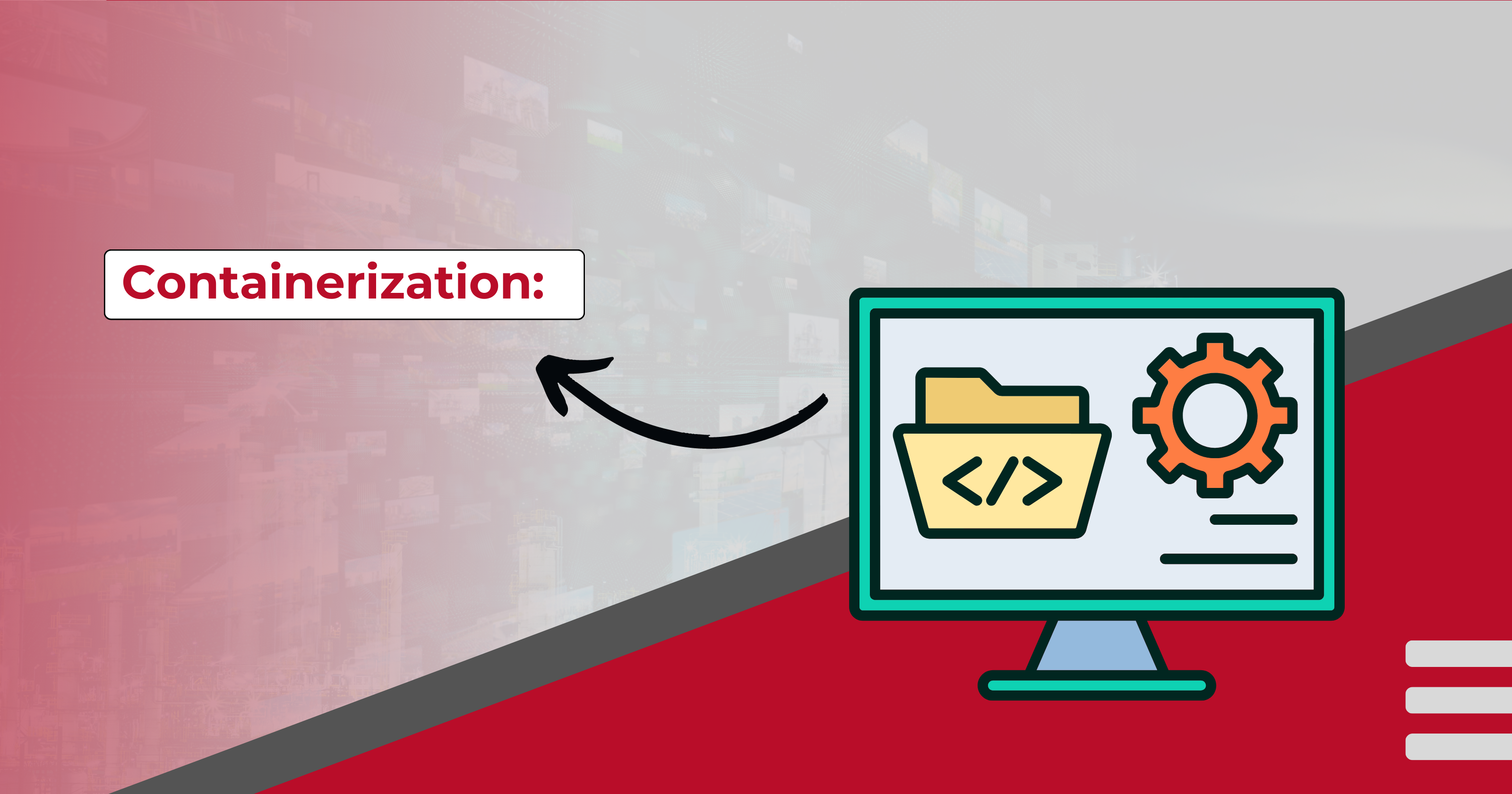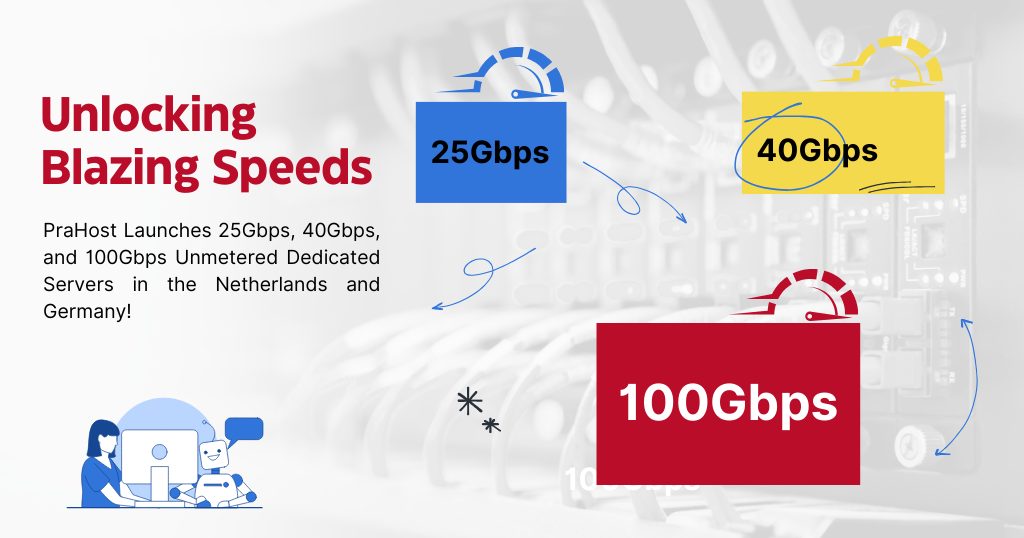Optimizing IT infrastructure expenditures is essential for organizations in today’s fast-paced digital economy. In 2023, businesses must balance the need for a robust IT infrastructure with keeping costs as low as possible. Cost-effective IT infrastructure results from strategic planning, in-depth analysis of existing resources, and the adoption of innovative, low-priced Netherlands server alternatives. By streamlining their IT systems, firms can improve efficiency, scalability, and safety while cutting costs. This detailed guide aims to help you save money on your IT infrastructure in 2023 by providing insights and practical techniques. IT infrastructure evaluation, use of cloud computing, virtualization, right-sizing and resource optimization, automation of IT operations, software license optimization, security and compliance will all be discussed. Organizations can better realize cost savings, boost operational efficiency, and prepare for future expansion using the strategies outlined in this article. It is crucial to regularly evaluate and adjust IT infrastructure to keep up with the ever-shifting technology landscape and maximize profits.
Assessing Current IT Infrastructure:
It is essential to evaluate the present state of your IT system before beginning any optimization work. The results of this analysis should reveal waste, duplication, and ways to cut costs. Think about what needs to happen next:
Review of the Hardware: Assess the condition of your hardware, including Netherlands servers, storage devices, and networking equipment, and how much it costs to maintain. Find the equipment that is either no longer in use or is being used infrequently.
Analysis of Software:
Perform a complete inventory of all software and associated licenses. Examine your software licenses to see if any need to be revised or utilized. Think about open-source software and subscription licensing as possible ways to reduce software costs.
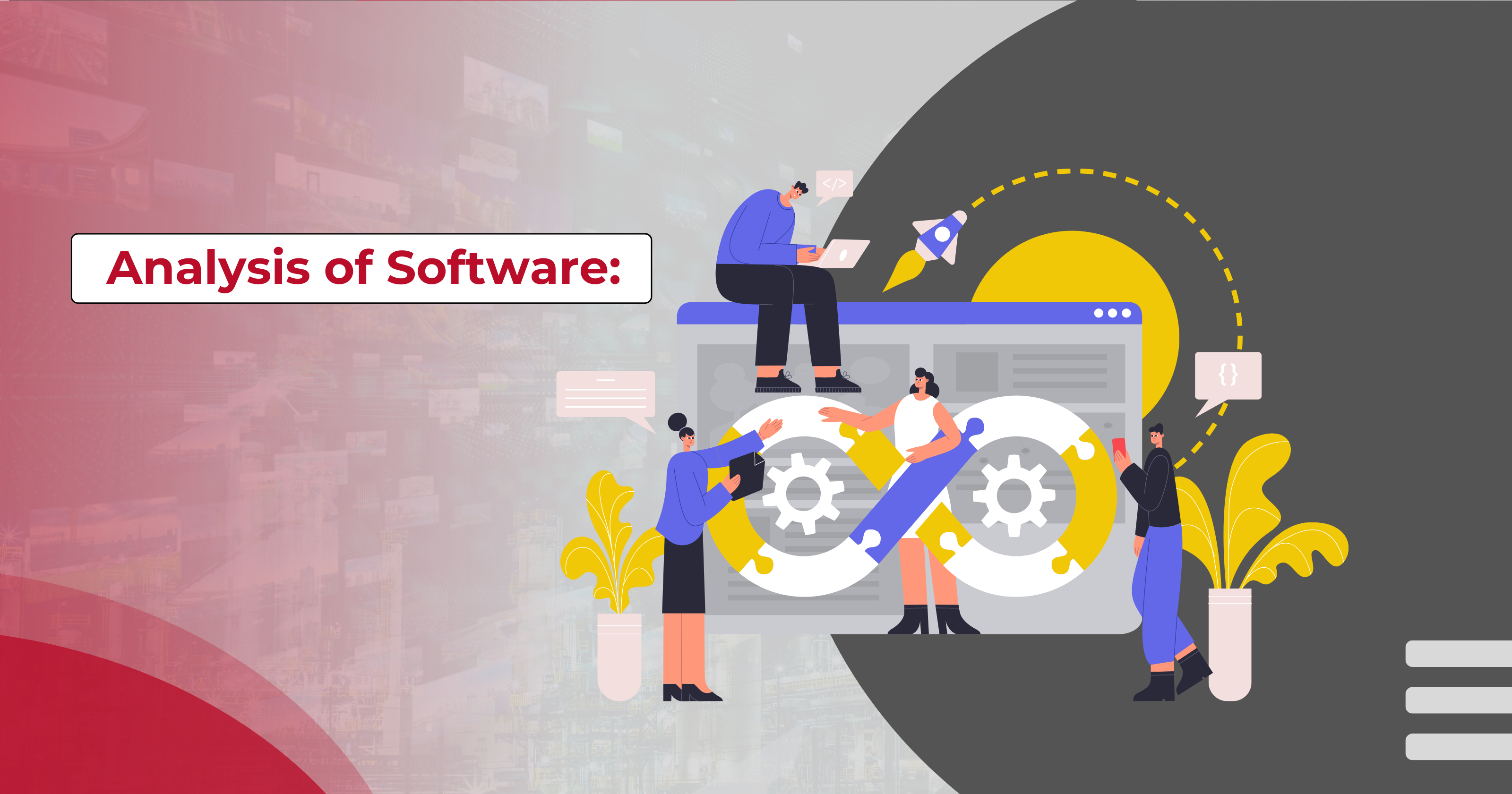
Testing of the Network:
By auditing your network setup, look for bottlenecks, underused ports, and out-of-date networking protocols. To maximize the usefulness of available bandwidth, you may wish to use traffic monitoring tools and adjust network parameters accordingly.
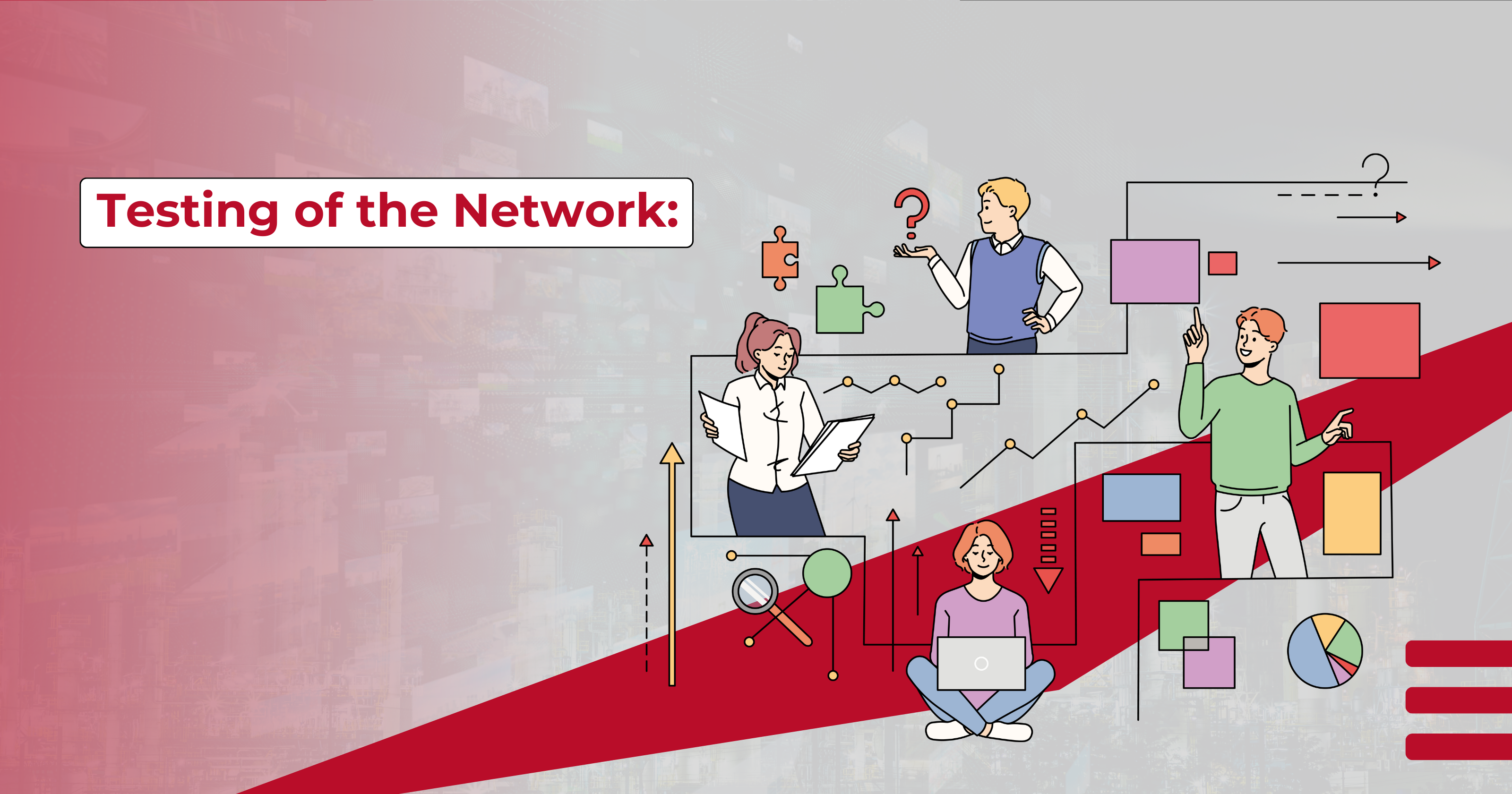
Effectiveness of Data Centers:
Think about your data center’s power, air conditioning, and square footage utilization. Find ways to cut infrastructure costs, such as increasing energy efficiency, consolidating equipment, or investigating colocation or Netherlands server’s options.
Evaluation of Results:
Check your infrastructure’s parts’ response times, throughput, and resource consumption. Find the weak points or places where performance can be enhanced.
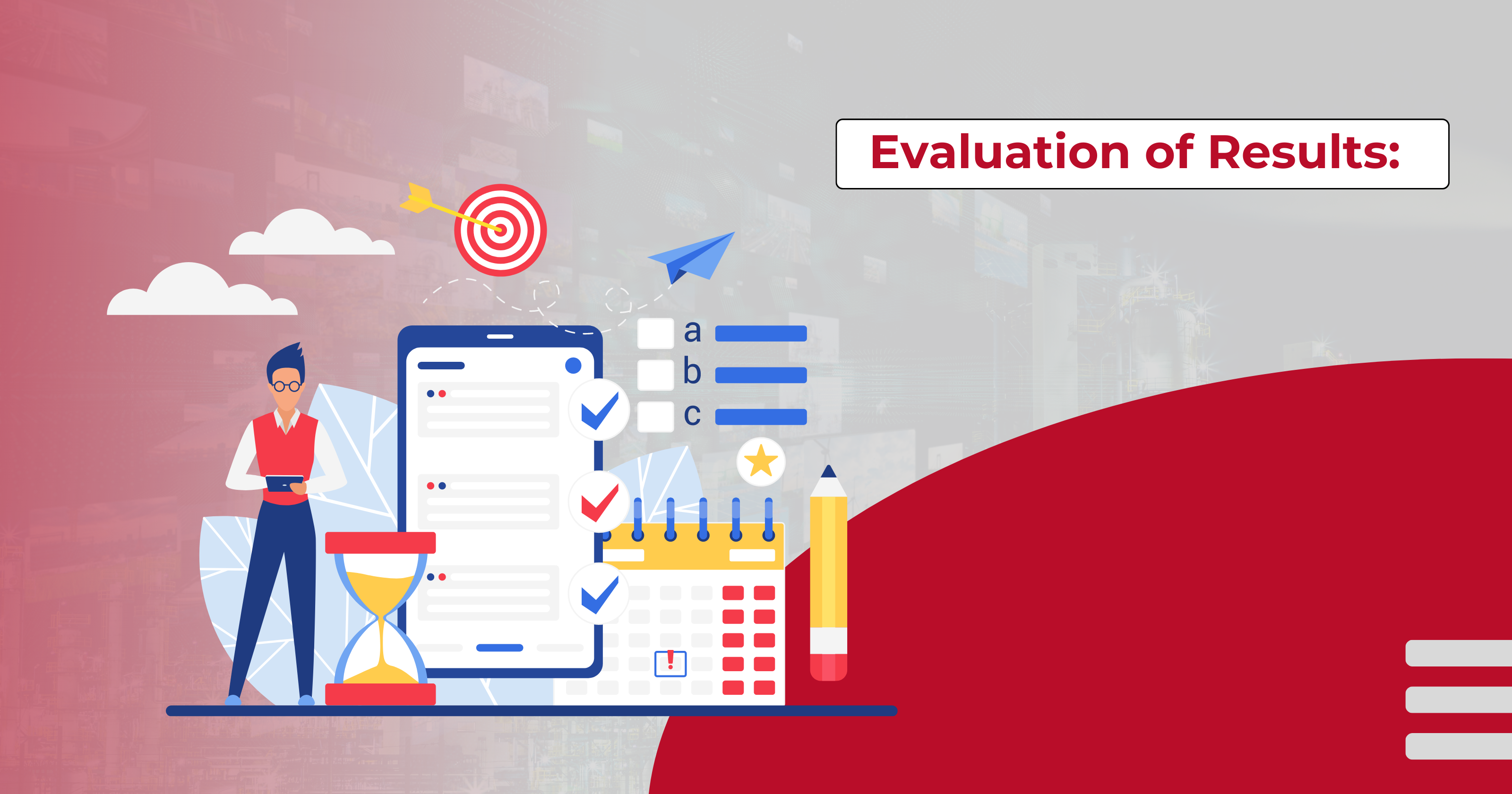
Conducting a thorough evaluation of your IT infrastructure will help you identify problem spots that need fixing. Decisions regarding how to save costs, improve technology, and revamp infrastructure can all be supported by the findings of this analysis. It is important to record your results and develop a plan for adopting optimization tactics that meet your firm’s unique requirements.
Embrace Cloud Computing:
In 2023, optimizing the cost of your IT infrastructure can be done in part by using the power of the cloud. Cloud platforms can completely change your infrastructure because of their scalability, adaptability, and potential for cost savings. Here are some suggestions for getting started with cloud computing:

Evaluation of Task Load:
Determine which applications and workloads can successfully be moved from Netherlands servers to the cloud. Determine which programs have variable resource needs or could gain from the cloud’s scalability and high availability.
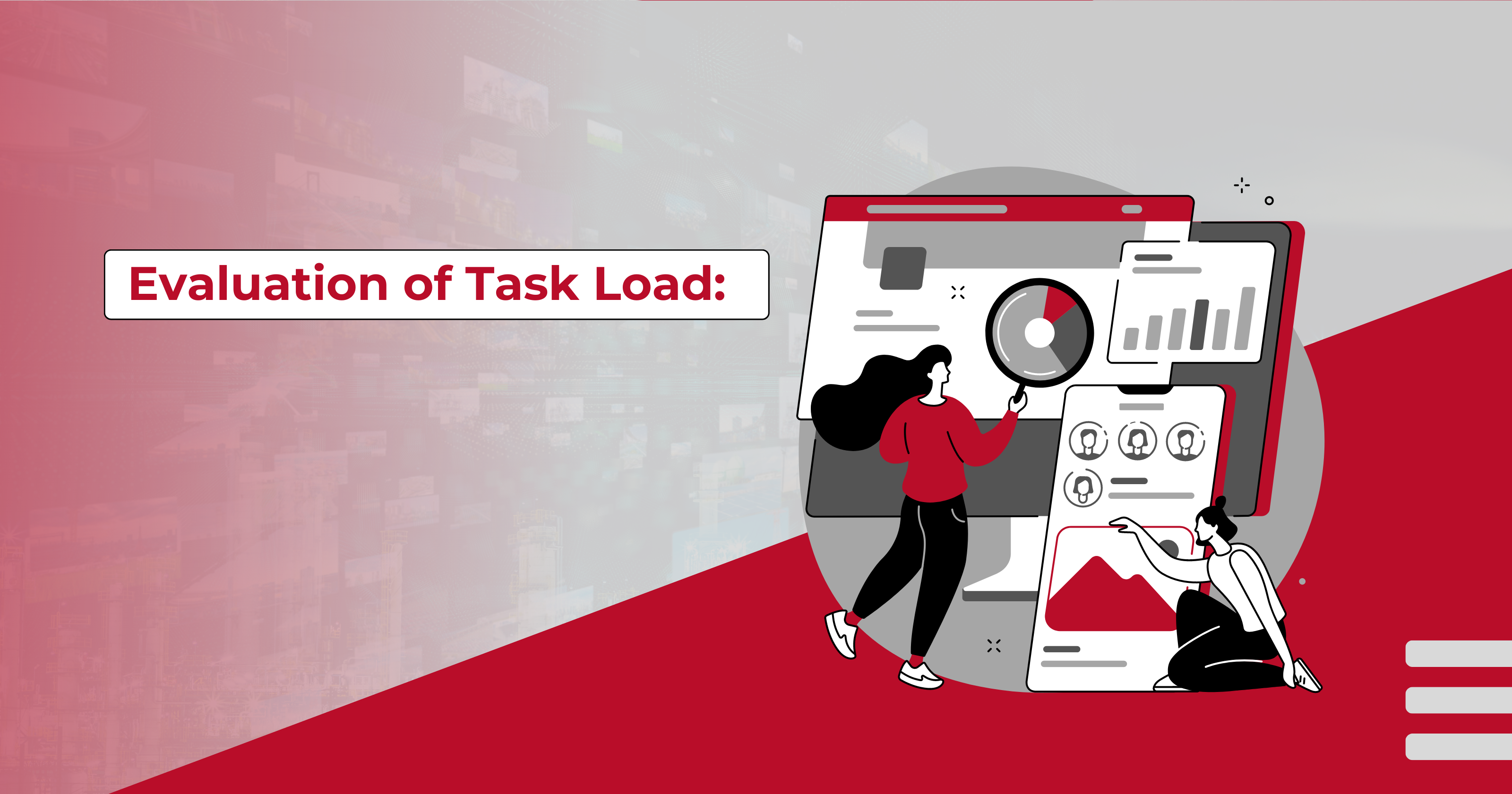
How to Choose a Cloud Service Provider:
Ensure the cloud service provider (CSP) you go with can meet your needs. Consider data ownership, pricing structures, service level agreements (SLAs), and security. Amazon Web Services, Microsoft Azure, and Google Cloud Platform are all examples of well-known CSPs.
Multiple Clouds, or a Hybrid System:
Depending on business requirements, you may want to implement a hybrid or multi-cloud strategy. With a hybrid strategy, you may take advantage of local and remote resources, cutting expenses without sacrificing security. A multi-cloud approach aims to maximize agility and prevent vendor lock-in by spreading workloads among various cloud service providers.
Optimization and Migrating:
Clearly outlining your migration plan and sticking to it will help keep business as usual as possible. Use auto-scaling, load balancing, and instance rightsizing solutions to get the most out of your cloud infrastructure at the lowest possible cost. Keep an eye on things to find ways to save money and maximize efficiency.
Budgeting in the Cloud:
Establish reliable methods for controlling cloud spending. Use cloud expenditure management tools provided by your cloud service provider (CSP) or other third-party solutions. Limit your spending, use reserved instances or savings programs, and check in on your resource allocation often to ensure it’s optimal.
Implement Virtualization:
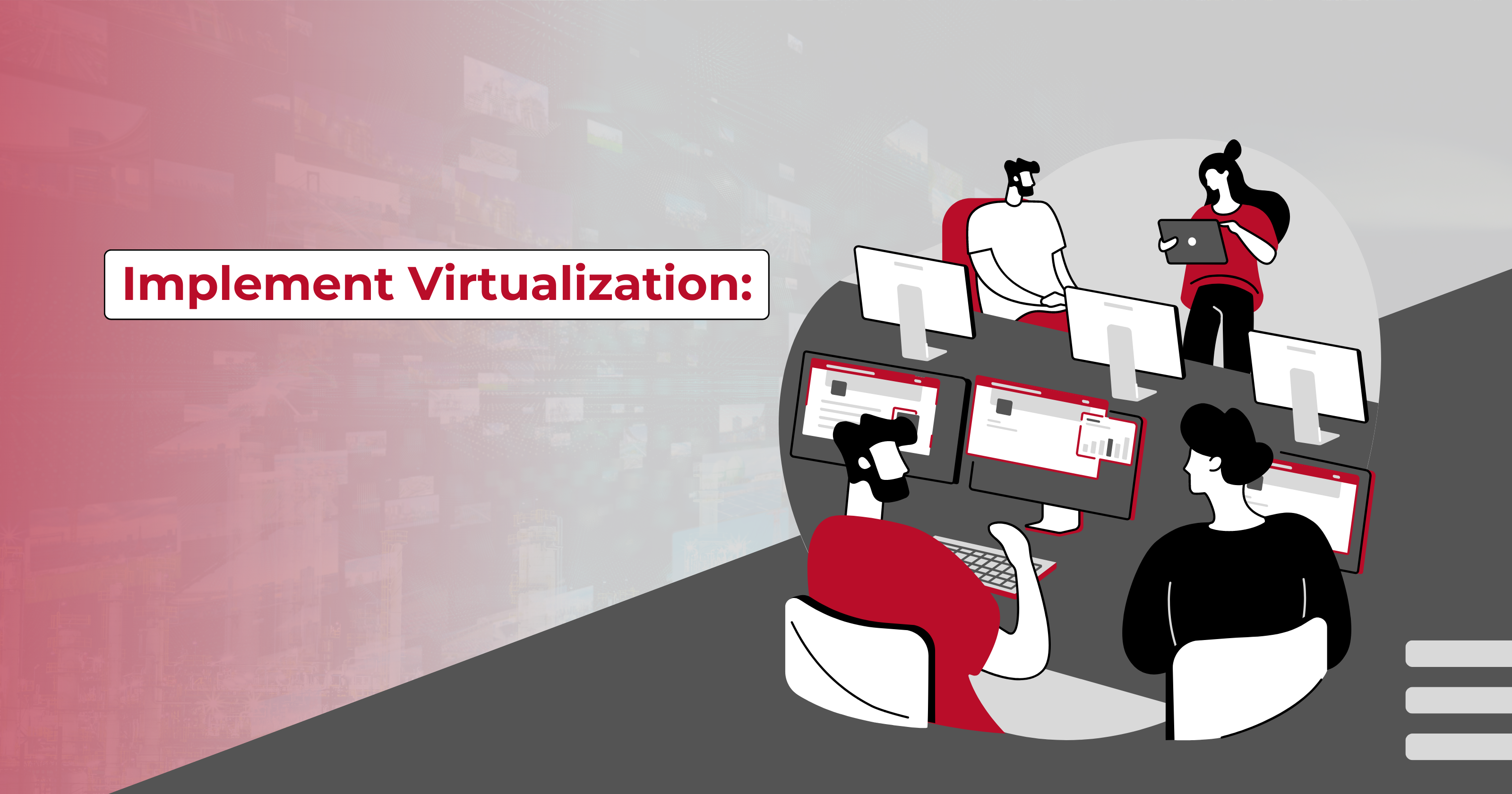
Consolidating physical servers and operating numerous VMs on a single server are two ways virtualization can help businesses improve their IT infrastructure. This method lessens the need for expensive hardware while reducing power usage and space requirements. To successfully adopt virtualization, think about the following:
Choosing a Hypervisor:
Pick a hypervisor like VMware vSphere, Hyper-V from Microsoft, or KVM or Xen from the open-source community based on your needs and current setup. Hypervisors are the software layer required for developing and maintaining virtual computers.
Server Merging:
Locate physical servers that must be fully utilized and move their tasks to virtual machines. Physical servers are virtualized in this process, and computing resources are distributed according to demand. Each virtual machine requires careful evaluation of its resource allocation to achieve peak performance.
Virtualization of Network and Storage:
Add storage and networking components to the virtualization pool. Software-defined storage (SDS) and networking (SDN) technologies should be implemented to decouple storage and networking resources from physical hardware, enhancing adaptability and decreasing overhead.
Containerization:
If you want to get the most out of your infrastructure, looking into containerization tools like Docker and Kubernetes is a good idea. The use of containers makes it possible to run applications in environments that are both lightweight and isolated. They are very helpful for micro services architecture and the scalability of applications.
Administration and Checking:
Implement tools for managing and monitoring virtual machines centrally. These instruments provide for effectively administering virtual machines (VMs) in a virtualized setting by providing insights into resource use and performance parameters.
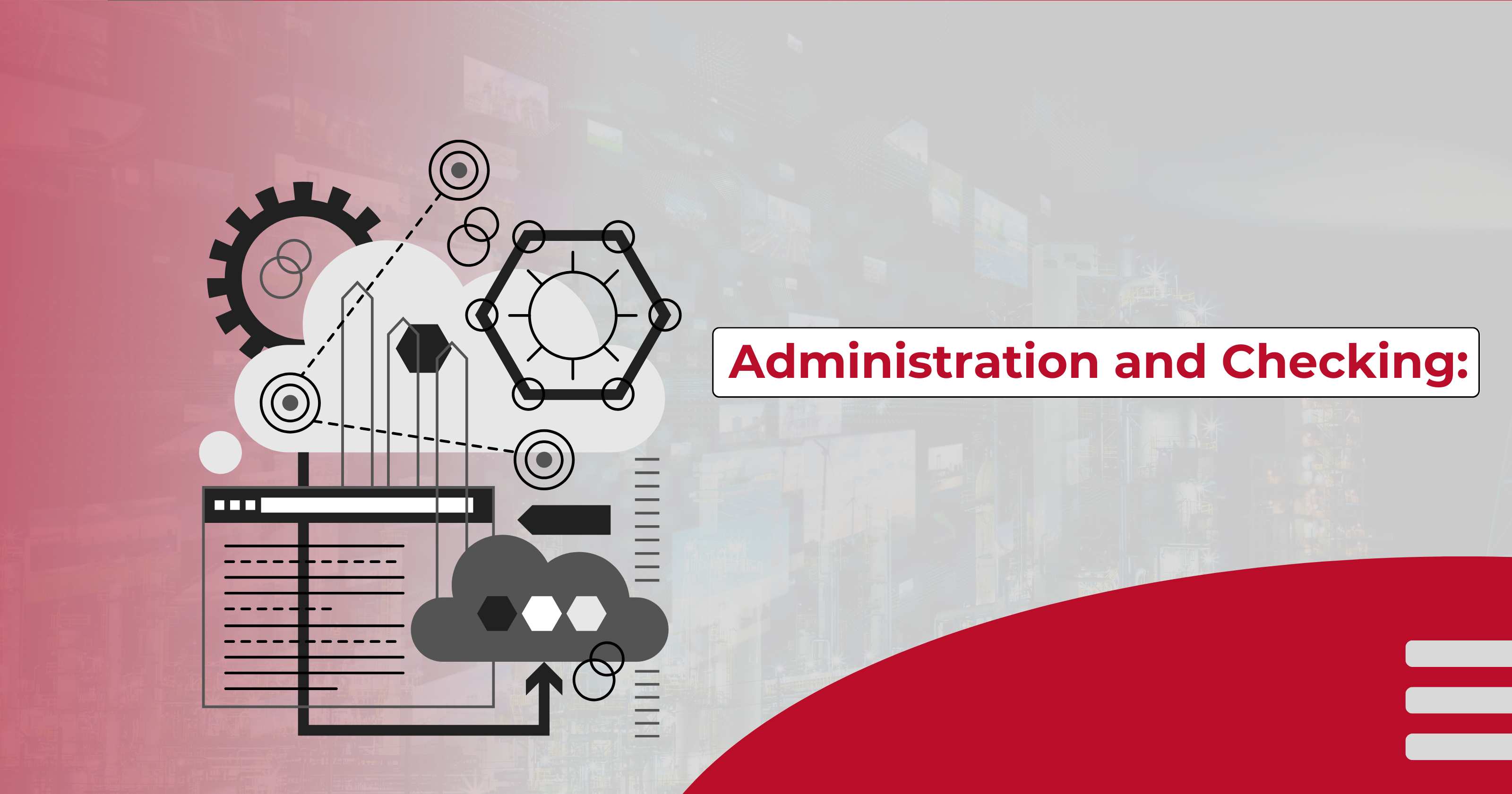
Virtualization allows for more efficient use of resources, lower hardware costs, more scalability, and easier administration of the IT network. It lets you streamline operational available resources batteries and foster a flexible setting that can evolve with your company. Workload distribution, performance needs, and security measures are just some of the things that should be taken into account while planning and designing a virtualized infrastructure. Allocation decisions should be reviewed and optimized regularly to maximize virtualization and reduce the wasteful use of computing resources.
Right-sizing and Resource Optimization:
Aligning your IT infrastructure’s resources with your business’s needs is an essential part of right-sizing and resource optimization. Costs can be minimized without compromising efficiency or output if necessary capacity is calculated precisely and wasteful practices are eradicated. Think about the following suggestions:
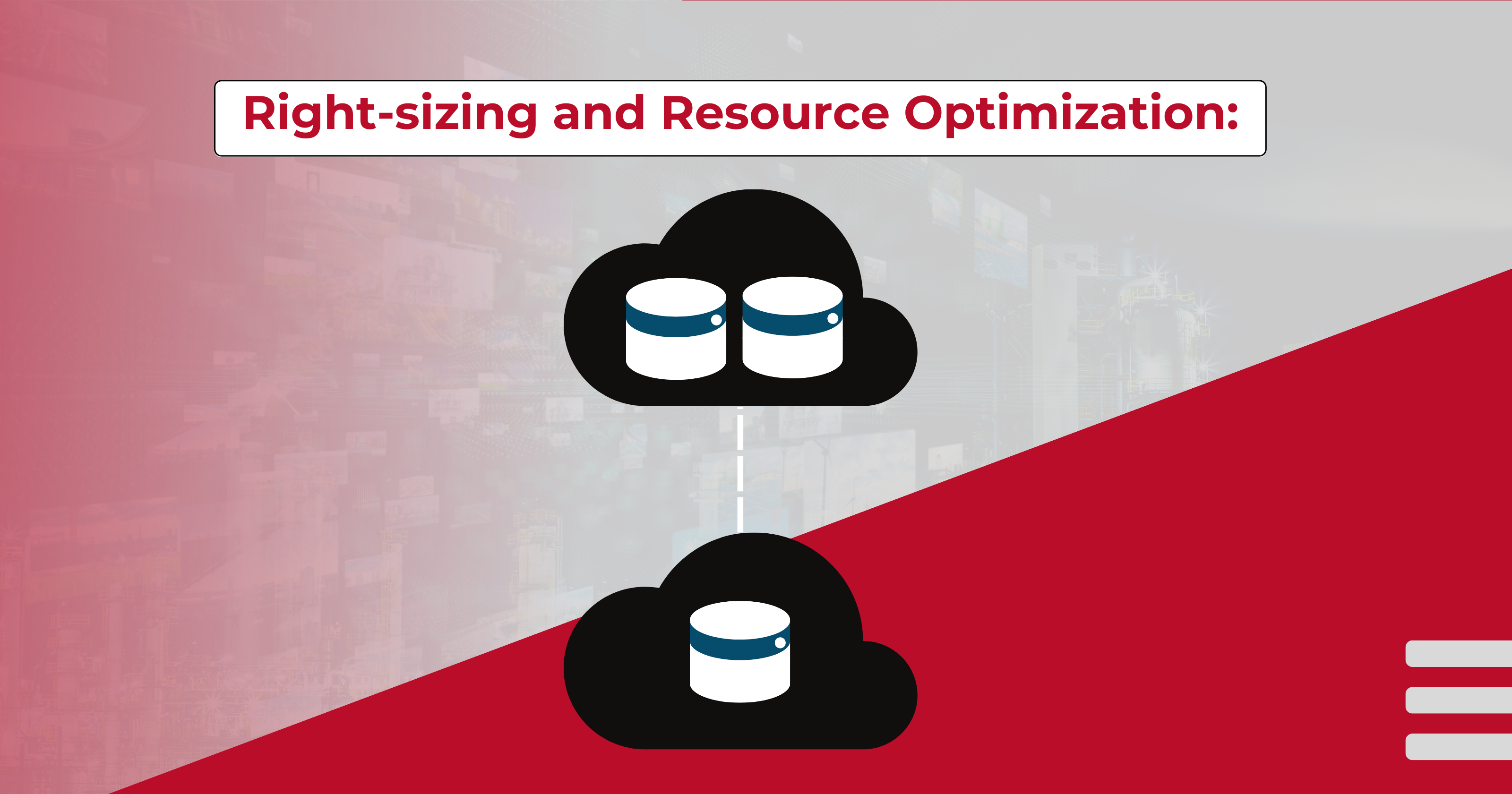
Resource Allocation:
Regular capacity planning exercises will help you see patterns in resource consumption and plan for the future. Look at past data, current measurements, and anticipated growth to spot bottlenecks or unused resources.
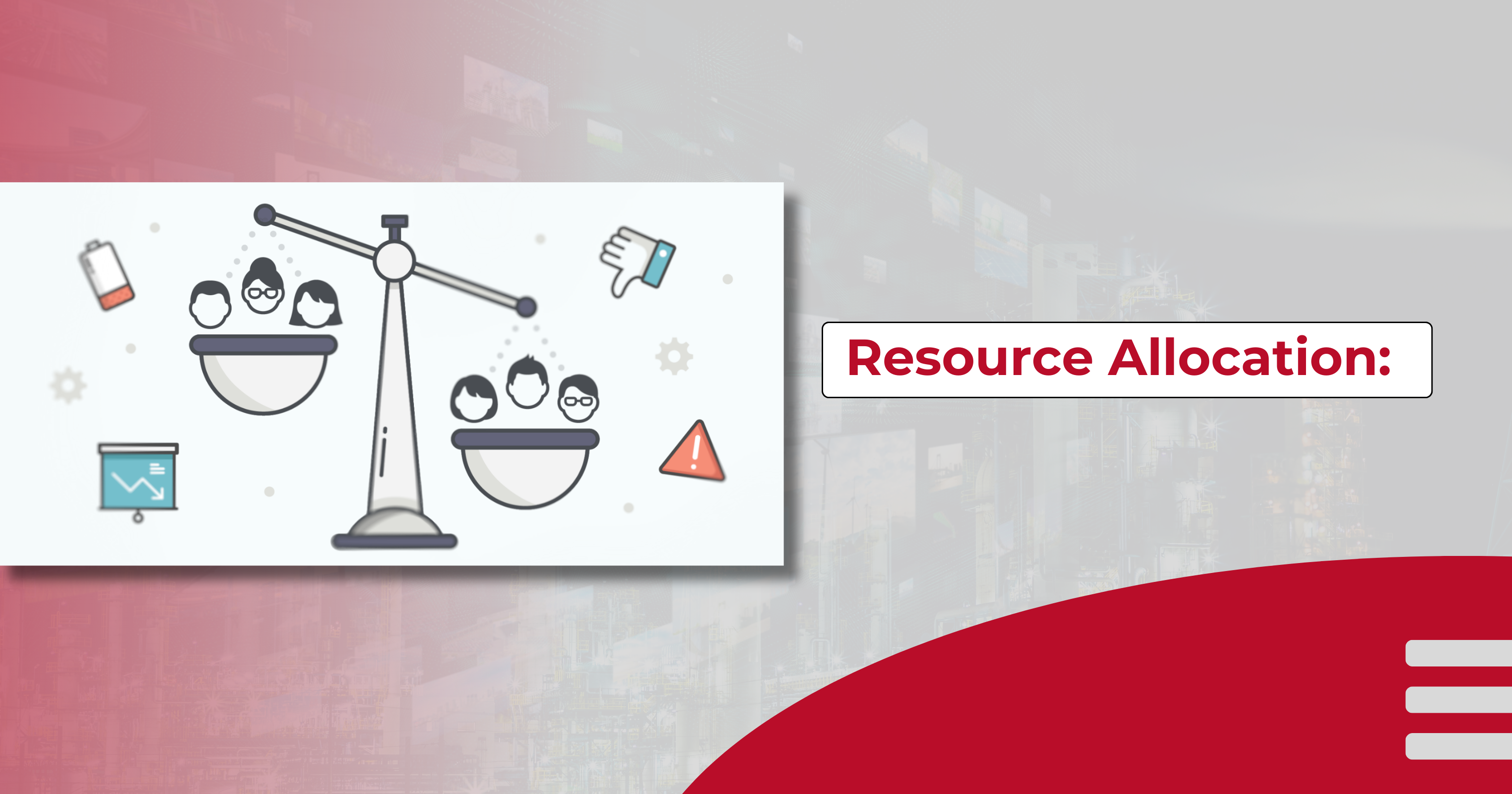
Consolidating Servers and Data Storage:
Locate storage and computing resources that need to be more utilized or over provisioned. Consolidating workloads among fewer servers and storage devices is best to maximize resource efficiency and save maintenance and energy costs.
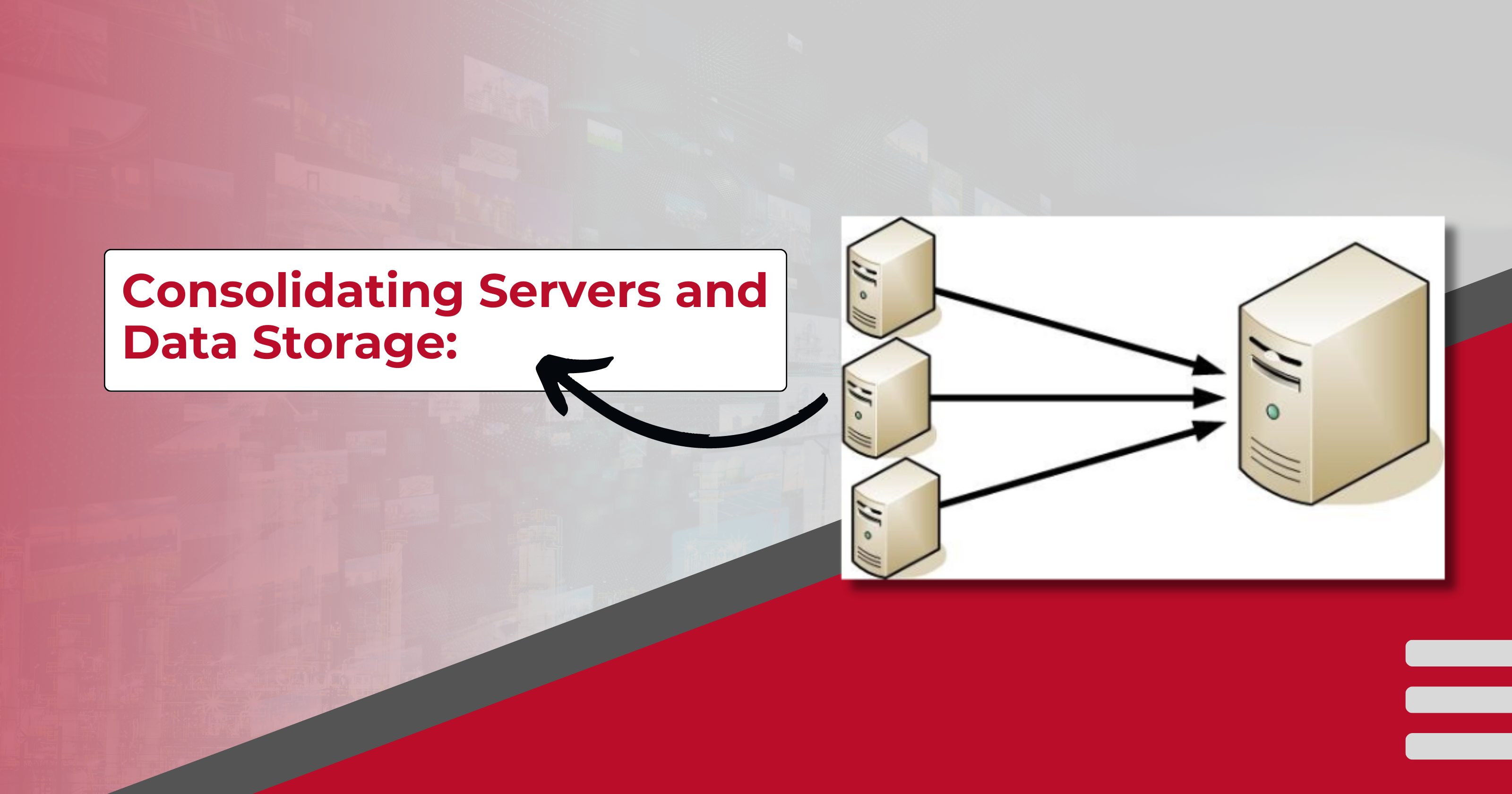
To Equalize the Load:
To ensure that servers, networks, and storage systems are well-rested, load-balancing strategies should be put into practice. By spreading out the workload, systems are better able to use their resources without bogging down or wearing out any one part.

Auto-Scaling:
Use auto-scaling features to adapt your infrastructure instantly to fluctuating workloads. You can optimize your spending during peak and off-peak times by using elastic provisioning and de-provisioning in cloud environments or infrastructure-as-code solutions.
Cases Right-Sized:

Examine how your cloud or virtual machines are using their allocated resources. Over-provisioning or underutilizing CPU, memory, and storage can be avoided by adjusting allocations based on workload needs. Keep a close eye on using your resources and making any necessary adjustments.
Saving Energy in Data Centers:
Use server virtualization, power management software, and efficient cooling equipment to reduce energy consumption in your data center. Reducing energy use has multiple benefits, including financial savings and a lesser environmental impact. Right-sizing and optimizing resources can cut costs, boost efficiency, and provide a more economical IT framework. Maintaining efficient usage of resources and minimizing costs calls for constant vigilance, capacity planning, and resource adjustment in response to changing workload needs.
Automate IT Operations:
Automation is a vital factor when optimizing IT infrastructure expenses due to its ability to streamline repetitive operations, reduce human interaction, and improve operational efficiency. If you want to streamline your IT, think about doing the following:
Deployment and Provisioning:
To speed up the process of setting up new resources, use infrastructure-as-code (IaC) programs like Terraform or CloudFormation. Consistent and reliable rollouts are made possible by defining infrastructure configurations in code.
Fixes and Upgrades:
Update and patch your software, OS, and firmware automatically. Make use of patch management tools that allow for centralized scheduling and organization of updates to cut down on manual labor and keep systems secure.
Tracking and Notifications:
Set up monitoring tools to detect and warn you of system problems, performance slow-down stances, or security breaches. To better manage incidents and allocate resources, use anomaly detection powered by machine learning.
Problem and Incident Management:
Automate incident and problem tracking using IT service management (ITSM) software. Reduce wait times and improve efficiency by automating ticket tracking, assignment, and resolution. Efficiency, accuracy, and the availability of resources for more strategic endeavors can all benefit from automating IT activities. Costs can be reduced, and service quality can be enhanced by adopting automation since it reduces the need for human intervention, improves reliability, and expedites response times.
Optimize Software Licensing:
The cost of an organization’s IT infrastructure can be greatly affected by the price of software licenses. To get the most out of your software license, you should assess your software consumption, investigate different licensing options, and check for applicable regulations. Think about the following suggestions:
Analysis of Current Software Usage and Inventory:
Taking a complete inventory of your computer programs and moving to the cloud, you may take advantage of lower initial investments in hardware, flexible pricing based on usage, and scalable resources. When you move your computing, storage, networking, database, and analytics needs to the cloud, you can focus on your core business while the cloud provider handles the underlyinginfrastructure.
Data security, compliance needs, and existing system integration are just a few considerations that should go into your cloud migration strategy. In 2023 and beyond, your organization may save money, increase efficiency, and prepare for future growth by adopting a cloud adoption strategy. Prahost can be your partner in the venture.

